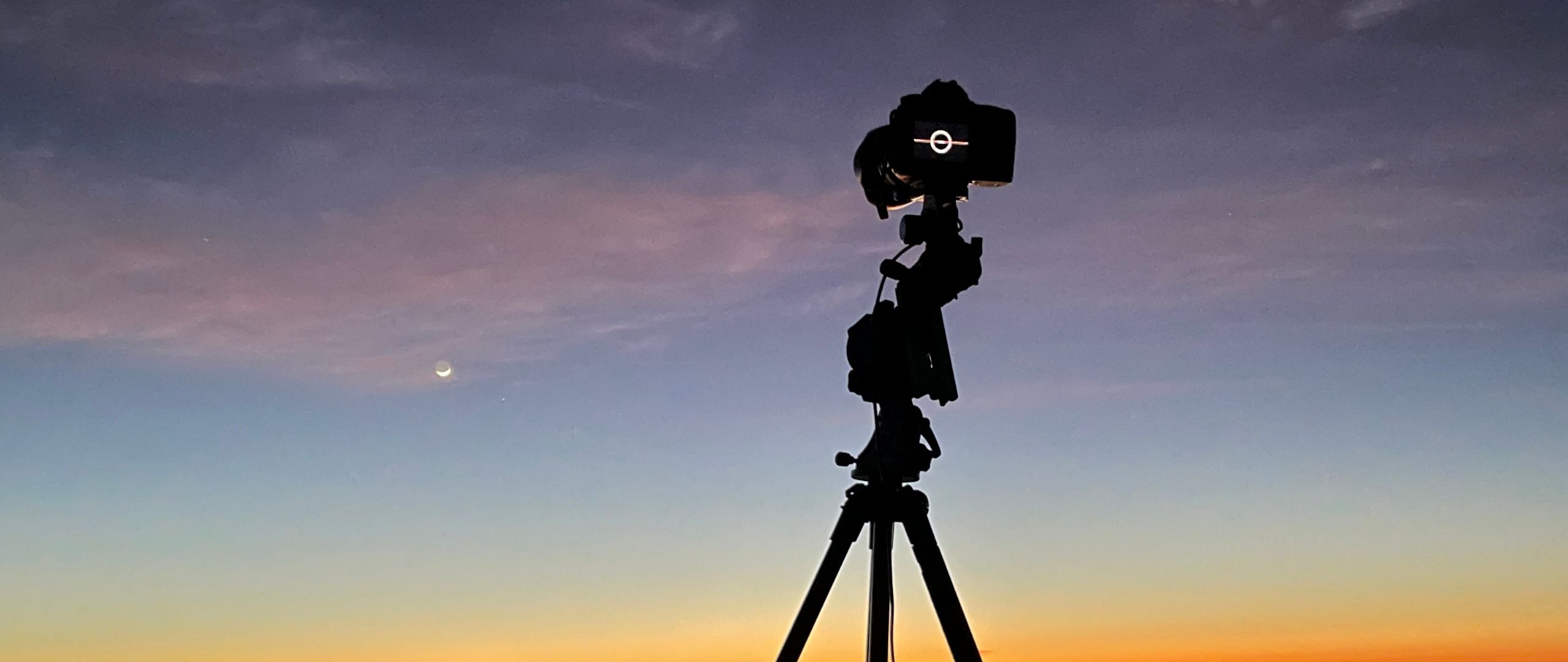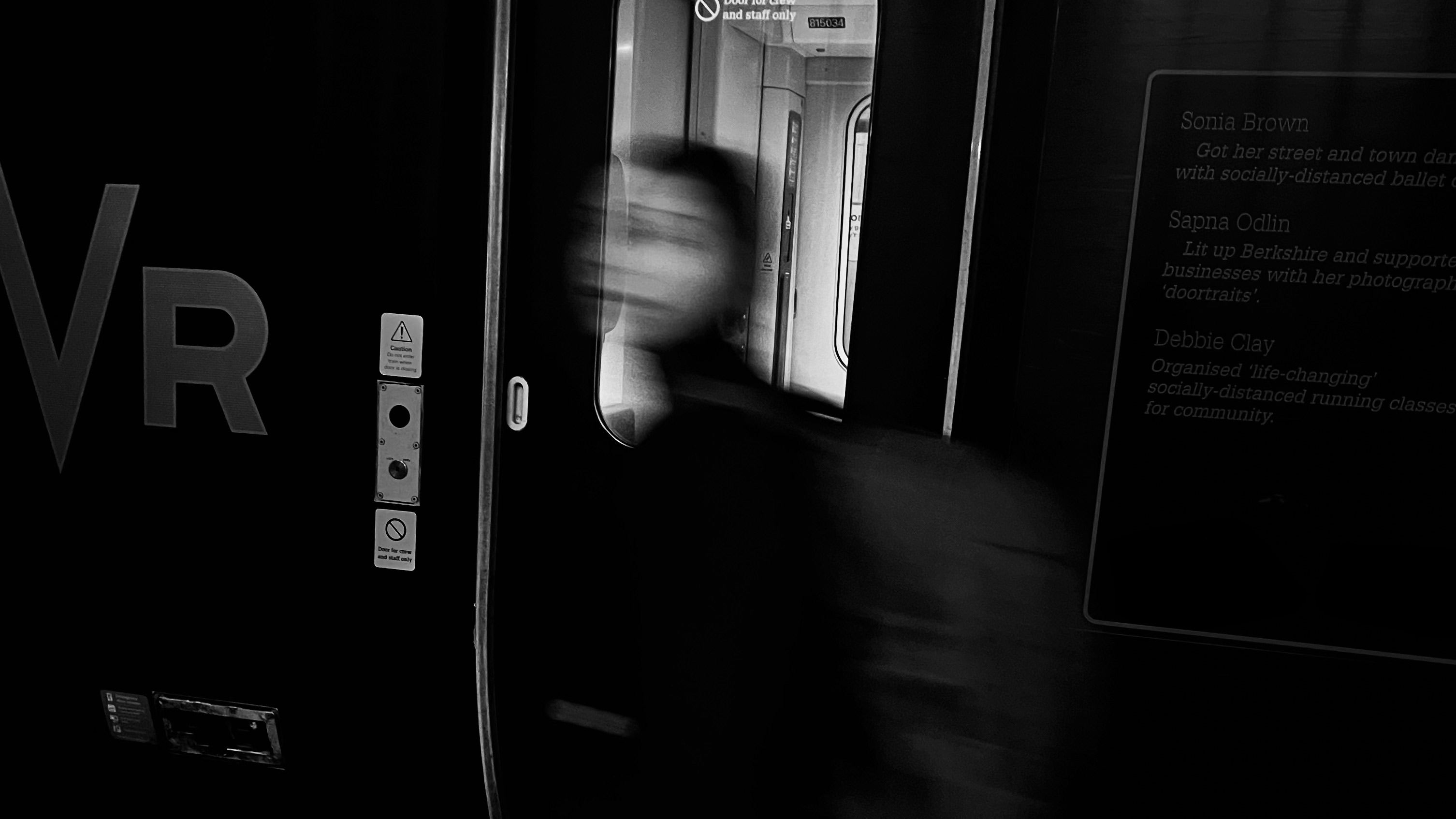Digital Camera World Verdict
Easy to fit into a camera backpack and relatively quick to set-up, the Sky-Watcher Star Adventurer Mini star tracker is ideal for anyone wanting to produce widefield nightscape long exposure astrophotography. It works well up to about four minutes and is let down only by a poor app.
Pros
- +
Easy to set-up
- +
Tracks accurately
- +
Lightweight for travel
- +
Fits into camera bag
Cons
- -
Payloads limited to 3kg
- -
Poor app
- -
No ‘start’ button on device
- -
Short battery life
Why you can trust Digital Camera World
Do you want better images of the night sky? Earth’s rotation means any long exposure photograph of the night sky is limited to about 30 seconds before the stars begin to trail. Cue a star tracker like the Sky-Watcher Star Adventurer Mini, which follows Earth’s rotation and allows for long exposures up to about three or four minutes. The results are much richer star fields and a more impressive Milky Way.
Specifications
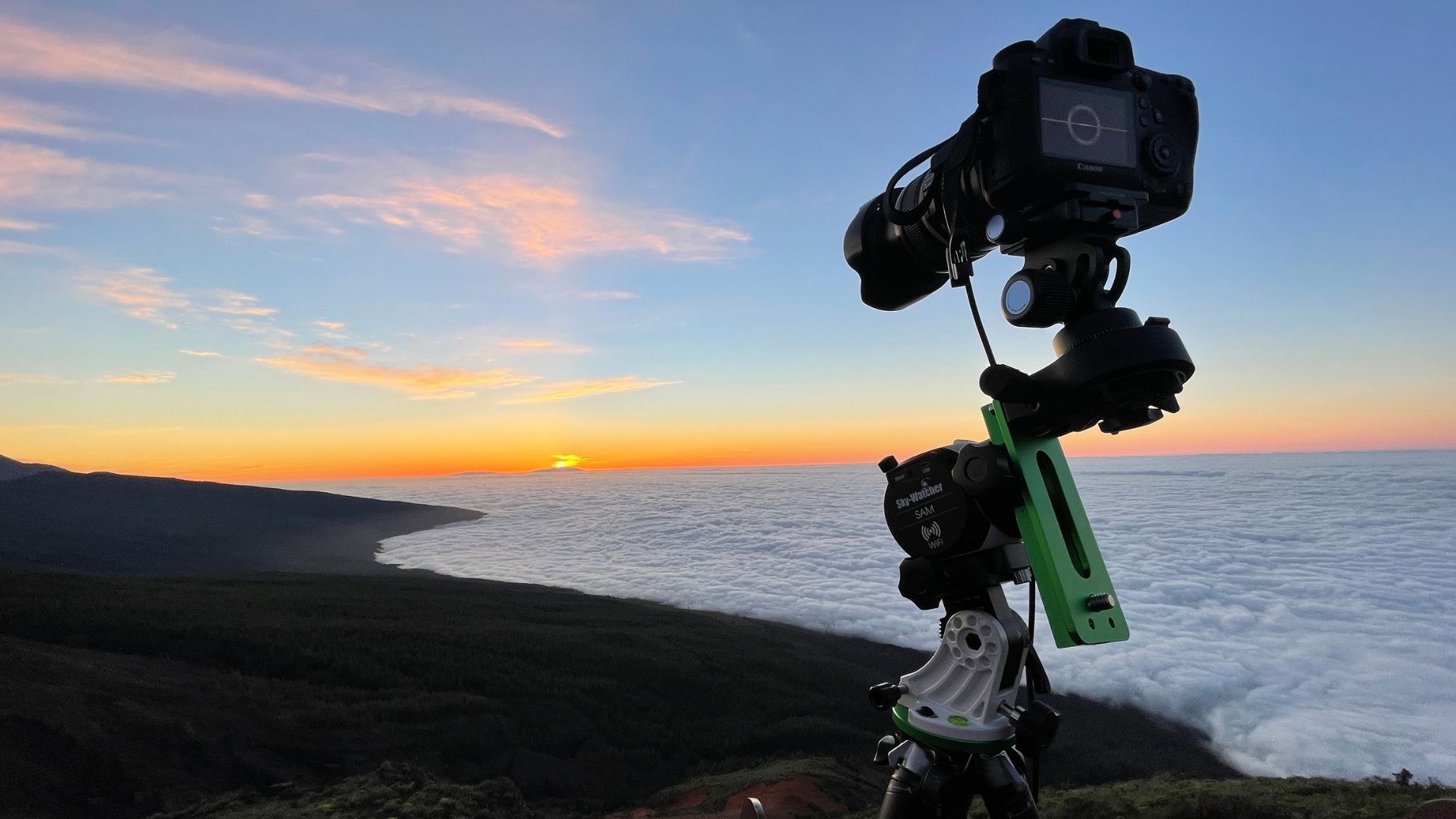
Max. lens focal length: 100mm
Control: Star Adventurer Mini Console app
Max. payload: 3kg
Alignment method: polar scope
Power: 2x AA batteries or external portable battery
Tripod thread: 3/8-inch and 1/4 inch
Weight: 650g (mount only)
Dimensions: 76x70x103mm (mount only)
Key features
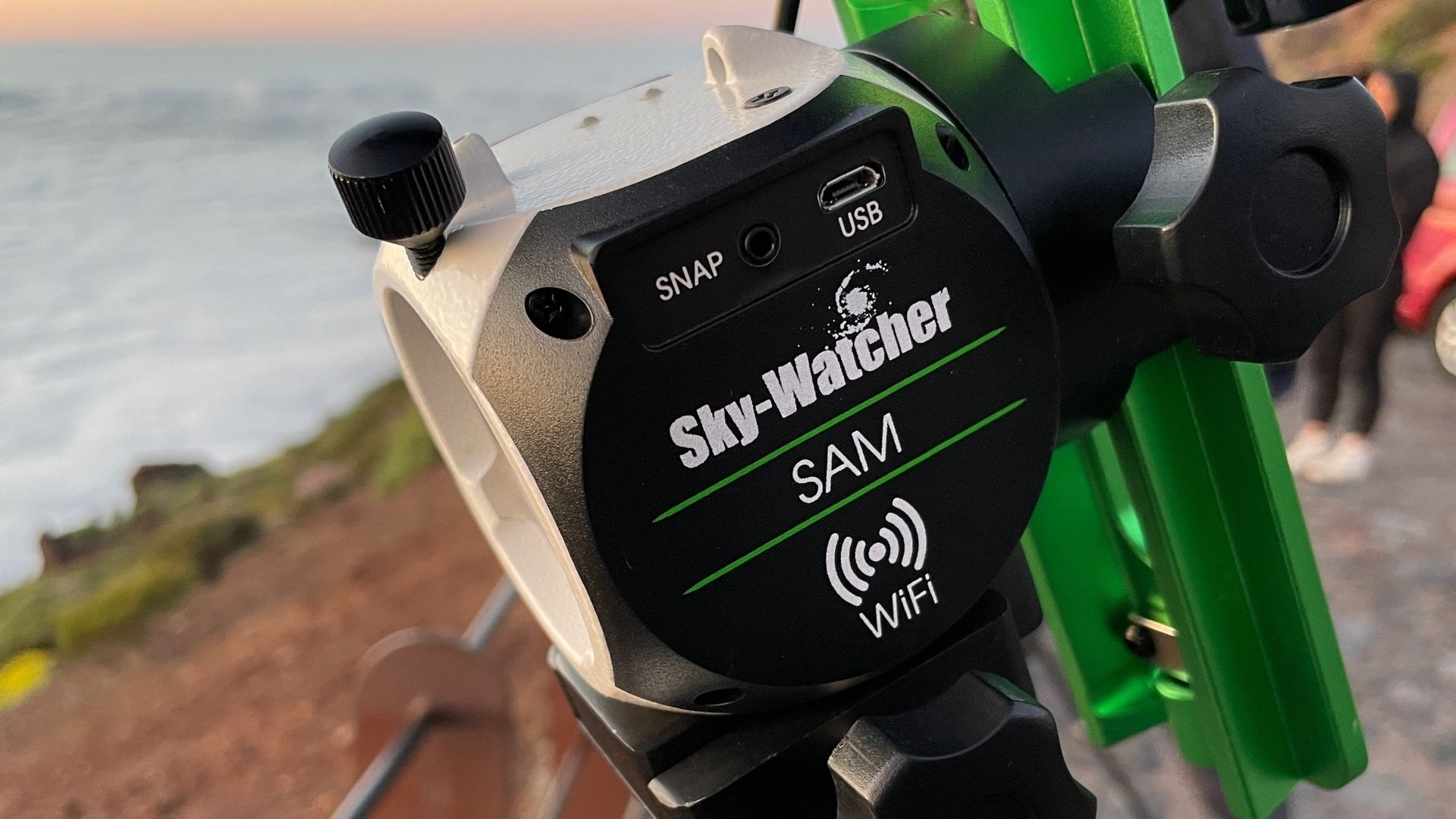
The Star Adventurer Mini tilts your camera so it can track stars, keeping them ‘still’ in your image despite them appearing to move in an arc around Polaris. It’s designed to support a mirrorless or DSLR camera wearing a 55mm lens, though the manufacturer also says it can go as far as 100mm. In our tests that was spot-on. As well as tracking Earth’s rotation it can also indulge in time-lapse photography in the daytime.
In the box of the ‘Pro Pack’ bundle we reviewed is the mount, ball head adaptor, polar scope, polar scope illuminator, equatorial wedge, dovetail L-bracket (for using in conjunction with an optional counterweight) and a highly losable hex key. You have to provide your own ball-head to attach your camera.
Although it does have an on/off switch and some red and green status indicator LEDs, the Star Adventurer Mini is controlled almost entirely from the Star Adventurer Mini Console App for Android and iOS.
Performance, quality and usability
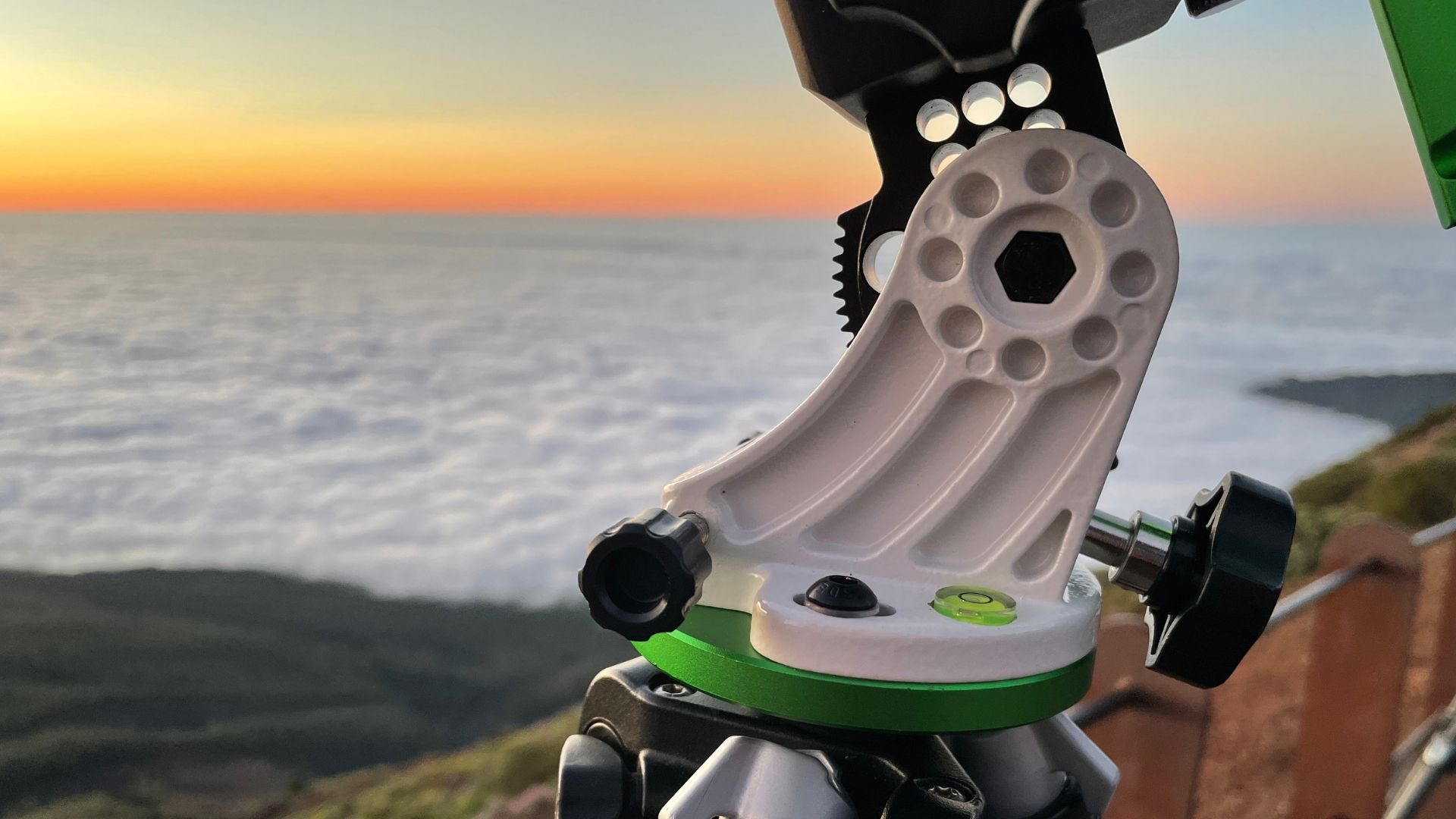
Despite the Star Adventurer Mini being designated as for 55mm lenses, we tried it with a much heavier 24-105mm lens and got great results at all focal lengths. We found the Star Adventurer Mini to be relatively easy to set-up in the northern hemisphere if you know where Polaris is. However, even if you’re an ace-stargazer, reckon on about 20 minutes to get the Star Adventurer Mini fully aligned. If you have problems it’s worth considering using a laser pointer (if that’s legal in your country) to locate Polaris and align with that. Ironically a rival star tracker company called Move Shoot Move sells a laser pointer that fits the Star Adventurer Mini really well. You can slot into the main tracking unit’s tunnel and use it to get roughly aimed at Polaris.
Once precisely aligned using the polar scope, the only way you can check it’s aligned is to go ahead and link your smartphone to the Star Adventurer Mini’s own WiFi network, connect it up, and press ‘run’ on the app, then take a two minute exposure to check stars are still. If they aren’t, a realignment is needed. If they are, you can try a three minute exposure, then four. That’s where it topped out in our tests, but the results were impressive with rich star fields of the Milky Way instantly impressive.
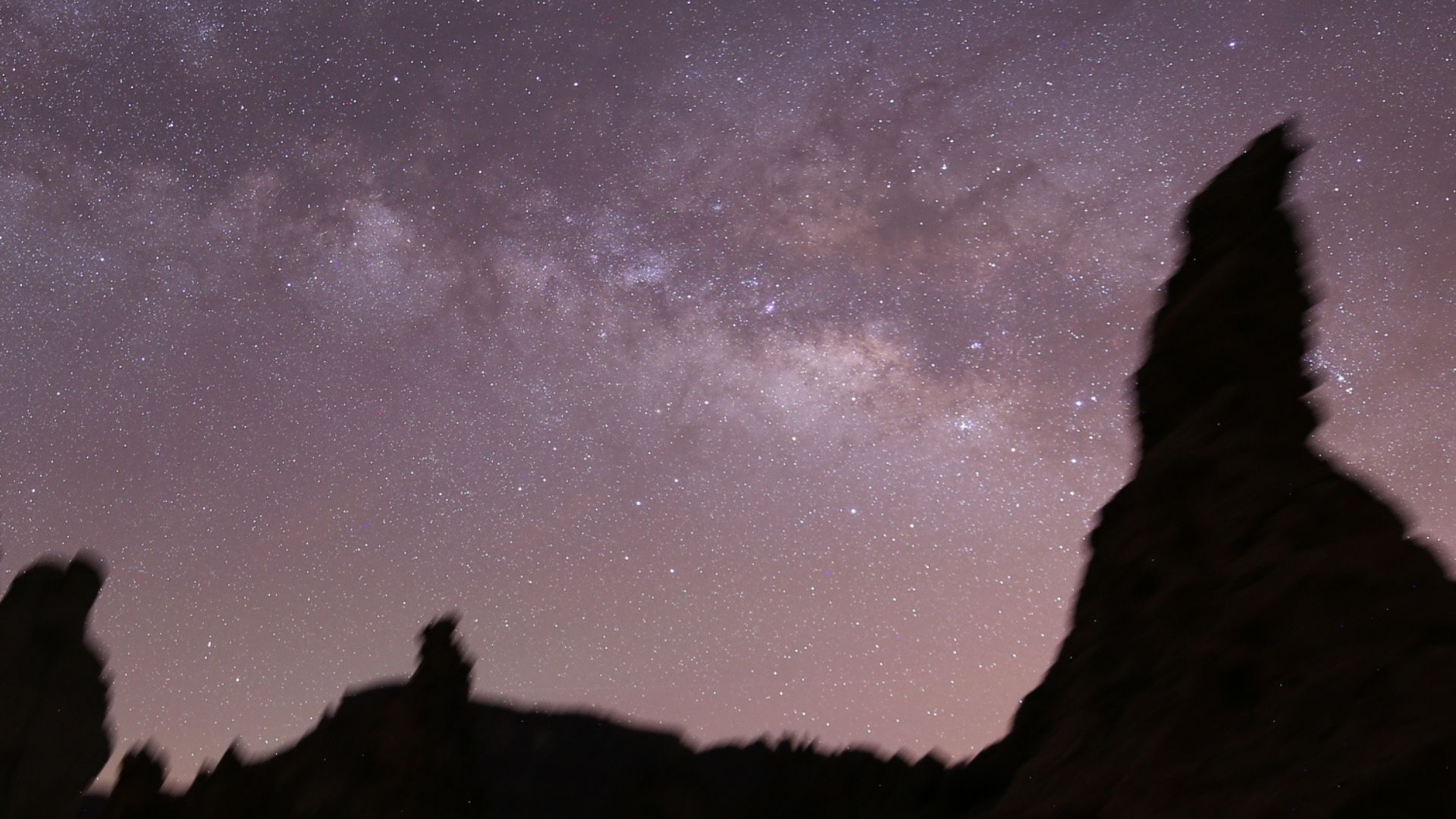
The caveat is that you must not touch the tripod or mechanism at all during use, which does make it tricky to tighten the precision controls on the wedge (using an hex key, in the dark!) or if you need to refocus to take a non-tracked long exposure of the foreground. We found it necessary to memorize a mental checklist of about a dozen steps to complete, in order, to use the Star Adventurer Mini without making mistakes (it all takes a little practice!).
Although its battery life is pretty short and we had to use a portable battery halfway through a third night of astrophotography, the Star Adventurer Mini’s only major weakness is its SA Console app. It’s awful. Every time we went back to the app to stop the unit tracking the connection had been lost and the app had frozen. The result was confusion as to whether the Star Adventurer Mini was tracking or not (solution: switch it off and switch it back on!). However, the app covers the basics. Its built-in Polar Clock Utility gives the exact position for Polaris for the finderscope’s guidelines, and it successfully gets the Star Adventurer Mini to initialize tracking, so there are no endemic problems … but still!
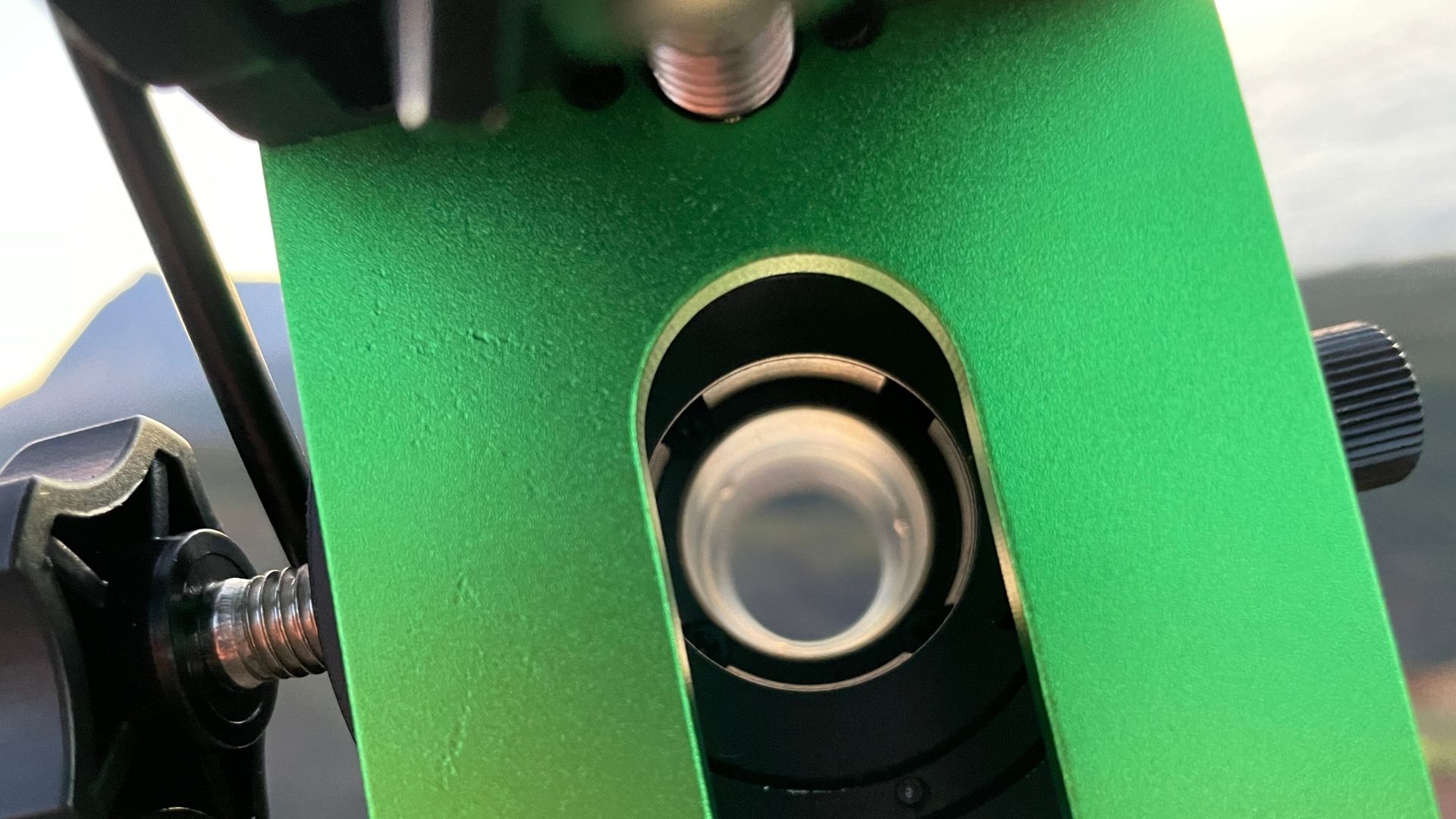
Verdict
The Star Adventurer Mini is one of the best star trackers around – and certainly one of the best value and the most convenient for travel – but it comes with a buggy app that takes the gloss off some accurate tracking of up to four minutes. For now it’s one of the best around for astrophotographers on the go, but Sky-Watcher needs to up its game and vastly improve the SA Console app if it’s to remain a contender.
Read more:
The best lenses for astrophotography
The best camera equipment for astrophotography
The best telescopes for astrophotography

Jamie has been writing about photography, astronomy, astro-tourism and astrophotography for over 15 years, producing content for Forbes, Space.com, Live Science, Techradar, T3, BBC Wildlife, Science Focus, Sky & Telescope, BBC Sky At Night, South China Morning Post, The Guardian, The Telegraph and Travel+Leisure.
As the editor for When Is The Next Eclipse, he has a wealth of experience, expertise and enthusiasm for astrophotography, from capturing the moon and meteor showers to solar and lunar eclipses.
He also brings a great deal of knowledge on action cameras, 360 cameras, AI cameras, camera backpacks, telescopes, gimbals, tripods and all manner of photography equipment.
